Sagebrush
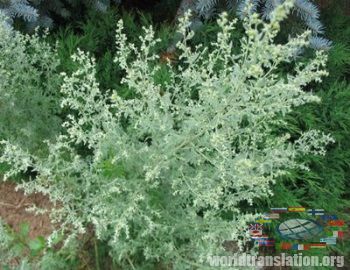
There are plants which are hard to imagine in a flower bed. But it only at first glance, until you will get accustomed to them more closely. It would seem, what sagebrush represents of itself? 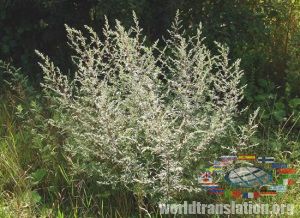 How many times we pass by it without assuming that it can be a a real decoration of the flowerbeds. A landscape designers use sagebrush to create original compositions. Its leaves of rare for plants color, allow you to create a neutral gray background in a flower bed, emphasizing the beauty of the other, more vibrant colors. Because silver shades ideally combined with different colors. A delicate leaves adds lightness for dense planting. However, sagebrush is appropriate also in monochrome gardens, especially with blue and violet shades of flowers. You can use sagebrush to create an original silver garden.
How many times we pass by it without assuming that it can be a a real decoration of the flowerbeds. A landscape designers use sagebrush to create original compositions. Its leaves of rare for plants color, allow you to create a neutral gray background in a flower bed, emphasizing the beauty of the other, more vibrant colors. Because silver shades ideally combined with different colors. A delicate leaves adds lightness for dense planting. However, sagebrush is appropriate also in monochrome gardens, especially with blue and violet shades of flowers. You can use sagebrush to create an original silver garden.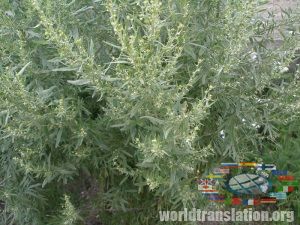 By the way, Sagebrush in the flower garden - is not something new. It is known that a few centuries ago, gardeners have used this plant for decorating estates, it was popular in the monastery gardens. Agree, there are no a lot of plant with the original silvery dove-colored leaves. Well, except cineraria.
By the way, Sagebrush in the flower garden - is not something new. It is known that a few centuries ago, gardeners have used this plant for decorating estates, it was popular in the monastery gardens. Agree, there are no a lot of plant with the original silvery dove-colored leaves. Well, except cineraria.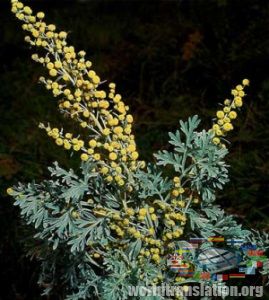 The diversity of sagebrush species allows you to use plant maximally widely: in group plantings, stony and gravel gardens, borders. Its tall varieties are perfect background for other flowers. Sagebrush is also used in the aromatic and pharmaceutical gardens, which have become incredibly popular.
The diversity of sagebrush species allows you to use plant maximally widely: in group plantings, stony and gravel gardens, borders. Its tall varieties are perfect background for other flowers. Sagebrush is also used in the aromatic and pharmaceutical gardens, which have become incredibly popular.
Plant it on the perimeter of the flower garden - and get the original silver fence, which emphasizing the beauty of the other flowers. You can experiment with shades and plant sagebrush next to other plants with original leaves - such as geyhera, cineraria, bushes of physocarpus, ornamental cereals or other. And still it is unpretentious in care, frost- and drought-resistant, is easily propagated, does not lose the decorativeness during the whole season. 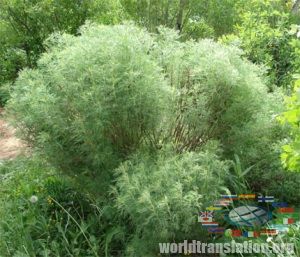 Sagebrush can grow even on nutrient-poor, calcareous soils. After all, in nature it is often found in the steppe regions, growing in sandy, waterless and rocky soils. Actually do not need care. The only thing it needs - lots of sun.
Sagebrush can grow even on nutrient-poor, calcareous soils. After all, in nature it is often found in the steppe regions, growing in sandy, waterless and rocky soils. Actually do not need care. The only thing it needs - lots of sun.
Most often in floriculture are used following types of sagebrush.
Pontic
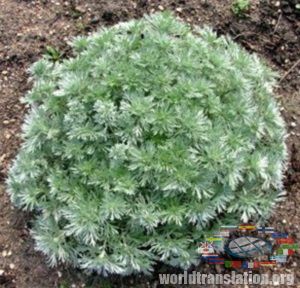 Stems are densely covered with leaves, erect, up to 100 cm in height. The leaves are openwork, pinnatisect, grayish-green. The flowers are inconspicuous. Inflorescences are gathered in panicles, flowers are pale-yellow. Flowering lasts 30-35 days. Easily propagated by dividing the bush. Well to form a bush. Cutting helps to emphasize the decorativeness. You can give the most diverse forms for bushes. Rhizome is creeping, with its help the plant is actively growing in width, therefore is recommended to limit planting with a border of plastic, metal and other materials, recessed in the soil at 25-30 cm. Bushes can be planted in buckets without a bottom - this will also prevent overgrowth. Overgrowth is inherent to many species of sagebrush. This is probably the only difficulty associated with the cultivation of this plant.
Stems are densely covered with leaves, erect, up to 100 cm in height. The leaves are openwork, pinnatisect, grayish-green. The flowers are inconspicuous. Inflorescences are gathered in panicles, flowers are pale-yellow. Flowering lasts 30-35 days. Easily propagated by dividing the bush. Well to form a bush. Cutting helps to emphasize the decorativeness. You can give the most diverse forms for bushes. Rhizome is creeping, with its help the plant is actively growing in width, therefore is recommended to limit planting with a border of plastic, metal and other materials, recessed in the soil at 25-30 cm. Bushes can be planted in buckets without a bottom - this will also prevent overgrowth. Overgrowth is inherent to many species of sagebrush. This is probably the only difficulty associated with the cultivation of this plant.
Pourchot
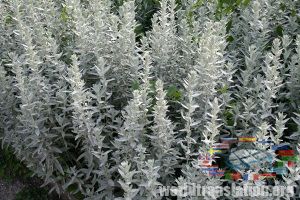 Stems are roughly 60-70 cm in height. The leaves are oblong-oval with white downiness. Inflorescences are gathered in panicles, flowers are white. Flowering lasts 35-40 days. Bushes respond well to cutting. It is best propagated by dividing the bush.
Stems are roughly 60-70 cm in height. The leaves are oblong-oval with white downiness. Inflorescences are gathered in panicles, flowers are white. Flowering lasts 35-40 days. Bushes respond well to cutting. It is best propagated by dividing the bush.
Schmidt Nana
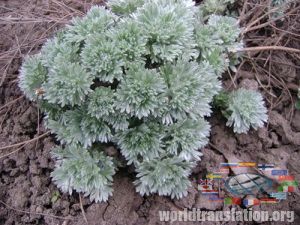 Very decorative, delicate perennial plant with height up to 30 cm. Leaves are strongly incised and densely tomentous, thanks to what creating the impression that they are silvery on both sides. Bushes are fluffy, dense, form silvery-green lacy pillows. Particularly successfully combined with undersized stonecrops, thanks to small sizes ideally suited for borders. Bushes are decorative during the whole growing season. The flowers are inconspicuous. In the vivid compositions it creates neutral bordering and provides a smooth transition from one color to another. It is best propagated by dividing the bush.
Very decorative, delicate perennial plant with height up to 30 cm. Leaves are strongly incised and densely tomentous, thanks to what creating the impression that they are silvery on both sides. Bushes are fluffy, dense, form silvery-green lacy pillows. Particularly successfully combined with undersized stonecrops, thanks to small sizes ideally suited for borders. Bushes are decorative during the whole growing season. The flowers are inconspicuous. In the vivid compositions it creates neutral bordering and provides a smooth transition from one color to another. It is best propagated by dividing the bush.
Steller
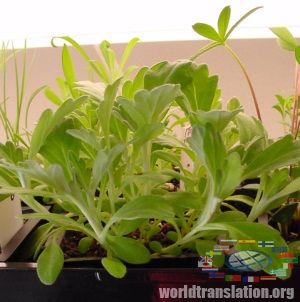 Plant of height up to 40 cm with dove-colored, tomentous, oval leaves and yellow flowers. Bush is creeping. In the spring this species very quickly gains decorativeness. Flowering occurs in the second half of summer.
Plant of height up to 40 cm with dove-colored, tomentous, oval leaves and yellow flowers. Bush is creeping. In the spring this species very quickly gains decorativeness. Flowering occurs in the second half of summer.